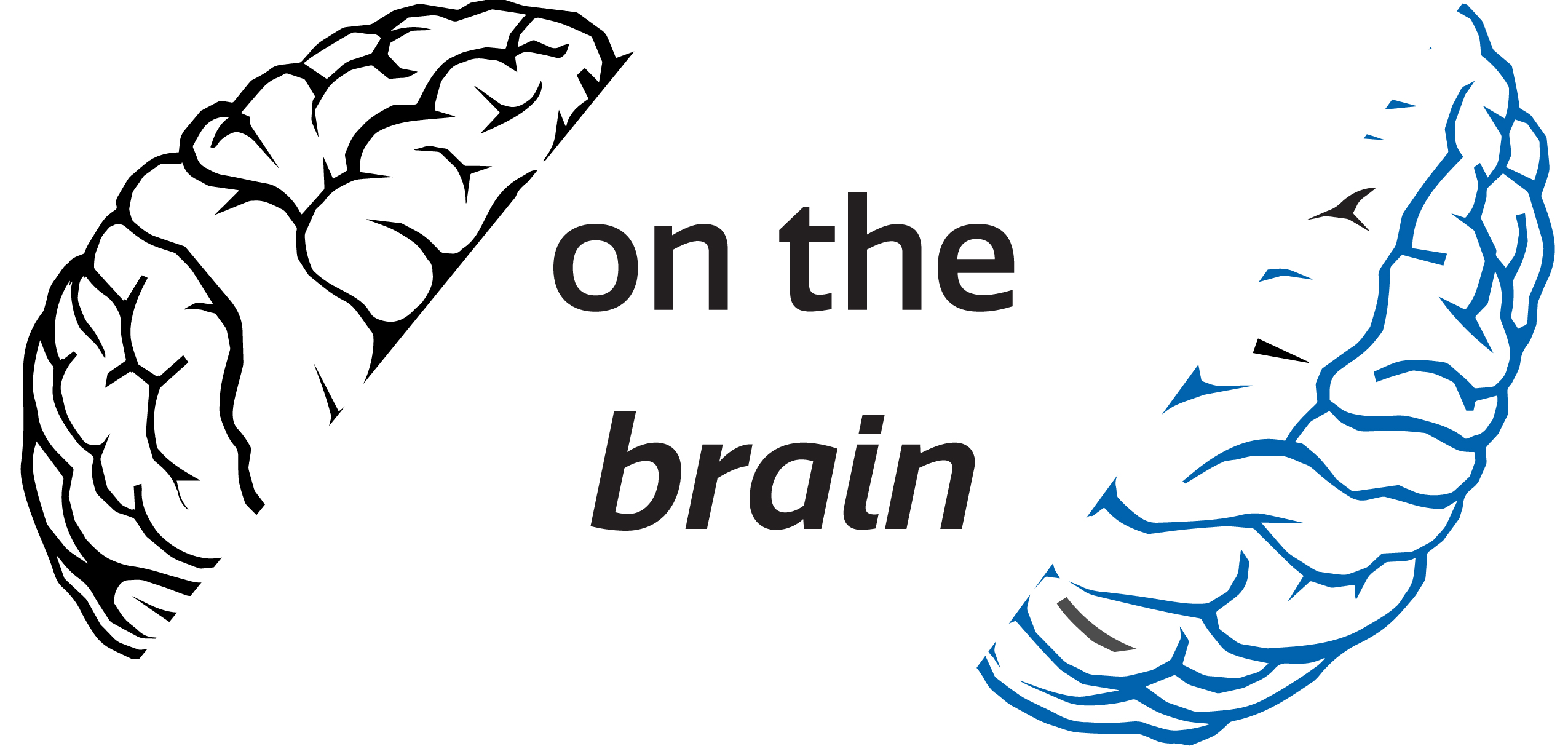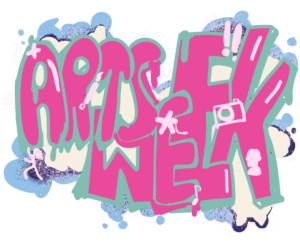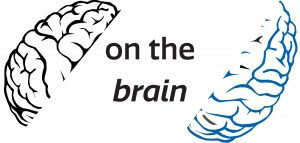In a place where your 2300 SAT score and your 3.99 GPA do very little to distinguish you from your fellow Hoyas, no skill is more valuable than creativity. And although both academic and professional endeavors allow students to exhibit their creative brain power, there is no platform where youthful innovation shines as brightly as in the Georgetown Memes for Non-Conforming Jesuit Teens Facebook page. At its worst, visiting this page means nothing more than a scroll through bland, lazy memes that reiterate old Georgetown clichés in standard formats. But every few posts, a masterpiece, or should I say meme-sterpiece, is born. Humorous, satirical, and clever, it combines a quintessentially Georgetown experience with an element of pop culture, history, or the latest news headline, connecting the two in a way you did not expect or even know you wanted.
In fact, these gems so gracefully incorporate the two different aforementioned concepts into one meme that it seems natural, even obvious to do so. But if it were truly so obvious, then the meme page would constantly be overflowing with quality posts, which is simply not true. The truth is, the prospect of making something original and creative, while exciting at first, can very quickly become daunting.
Creativity is often difficult, but it is nonetheless incredibly useful, even necessary, in any occupation (not just meme making). Creativity fosters human innovation and is the driving force behind classic novels, new art forms, great scientific discoveries, and life-saving medical advancements. It also plays a big role in our personal lives, as we improvise new ways to resolve conflicts and build friendships with different people. But what is creativity, exactly? And if it is so essential to our success—both professional and interpersonal—how can we maximize its presence in our lives?
The problem with defining creativity is two-fold. On one hand, experts struggle with its inherent nature—is it a state of being or an adjective? In other words, does “creative” describe people or actions? Because it has different connotations in different contexts, it’s also hard to pinpoint the exact criteria that define creativity.
When we think of creativity, we often think of novelty and originality. Google even classifies these words as synonyms. In some sense, this is accurate—creative works don’t follow the usual rules and formulas. But that can’t be it. After all, when assigned a “creative” paper in class, you can’t write it in your own made-up language or about a topic that exists only in your imagination, even though that would certainly be novel. So if it isn’t originality that defines creativity, then what exactly does?
In the field of neuroscience, researchers have proposed a variety of possible components in addition to novelty that help specify exactly what composes creativity, including improvisation, relevancy, and analogical reasoning.
Analogical reasoning entails making connections between subjects that have similar relationships, such as “driver is to car as pilot is to plane.” Being able to understand the relationship between concepts through a specific comparison allows people to see connections between things that initially seemed unrelated, which is essential to creative reasoning. The further the distance between the meanings of the two words being connected, the more creatively you are thinking. For example, the relationship between the word “spoon” and the word “eat” is more quickly and easily recognizable than that between “spoon” and “chopsticks” because the former pairing is more common than the latter.
When asked about the most complex and unique skills of which humans are capable, I doubt many people would say “making analogies.” But the reality is that analogies aren’t just literary devices taught in middle school English class; they are a key component to creative thinking. To create something new, it is necessary to combine elements of things you already know, and analogical thinking is the way to do that.
Analogical reasoning stands out as a function that requires higher-level cognitive processes, activating the frontopolar cortex, a region of the brain unique to primates and especially large in humans. One of its most important functions is allowing us to learn new things. As college students and meme consumers and creators, our analogical reasoning skills, and certainly our learning skills, have been tested time and time again, and yet, for some reason, many of us still struggle with being creative. The good news is, studies conducted by professors at our very own university show that conscious efforts to think creatively, more commonly known as putting on your “thinking cap,” lead to more improvements in identifying difficult and creative analogies.
Other research shows that the anterior cingulate cortex and dorsolateral prefrontal cortex, brain regions known to activate during effortful decision making, were activated less in people who had practiced improvisation and creative reasoning. This means that after repeatedly engaging in creative thinking, the participants didn’t have to put as much active thought into doing it. Similarly to other talents, creativity doesn’t have to be innate–the more we practice, the more naturally it comes to us.
The bad news, however, is that one thing that may be inhibiting our creative capacities won’t be going away anytime soon. In a creativity study conducted by business professors at the University of Illinois, groups of participants were given materials to create a new consumer product, and those with fewer materials were more innovative in their outcomes. A scarcity of resources led to more creative products, more often, confirming the age-old saying “less is more.” The idea makes sense: when you have less to work with, you’re more creative with what you use and how you use it—just think of the Apollo 13 mission, where an exploded oxygen tank forced the astronauts to get creative because their life depended on it. Today, the creative resources available to us are far from scarce. We are always one click away from millions of sources of information, art, poetry, products, etc.
It is very plausible that this surplus of “stuff” is what makes the prospect of writing, drawing, or making something creative so daunting. It not only tempts us into copying or imitating what already exists, but it makes us seriously question whether something original can even be created anymore.
This thought plagues me often, especially when I’m trying to make a super juicy meme or write an interesting paper. But then I look at ridiculous inventions on the Internet, and they remind me that creativity is definitely not a nonrenewable resource that we will soon use up—as long as people continue to make the connections and have the spontaneous thoughts to invent things like baby onesie-mops and necktie flasks, we can all make some pretty great memes.
On the Brain is a tri-weekly column written by Lizz Pankova. This column combines neuroscience, important philosophical questions, and real-life problems (related to Georgetown students) into articles that make scientific evidence accessible and applicable. On the Brain appears online every third Sunday.




